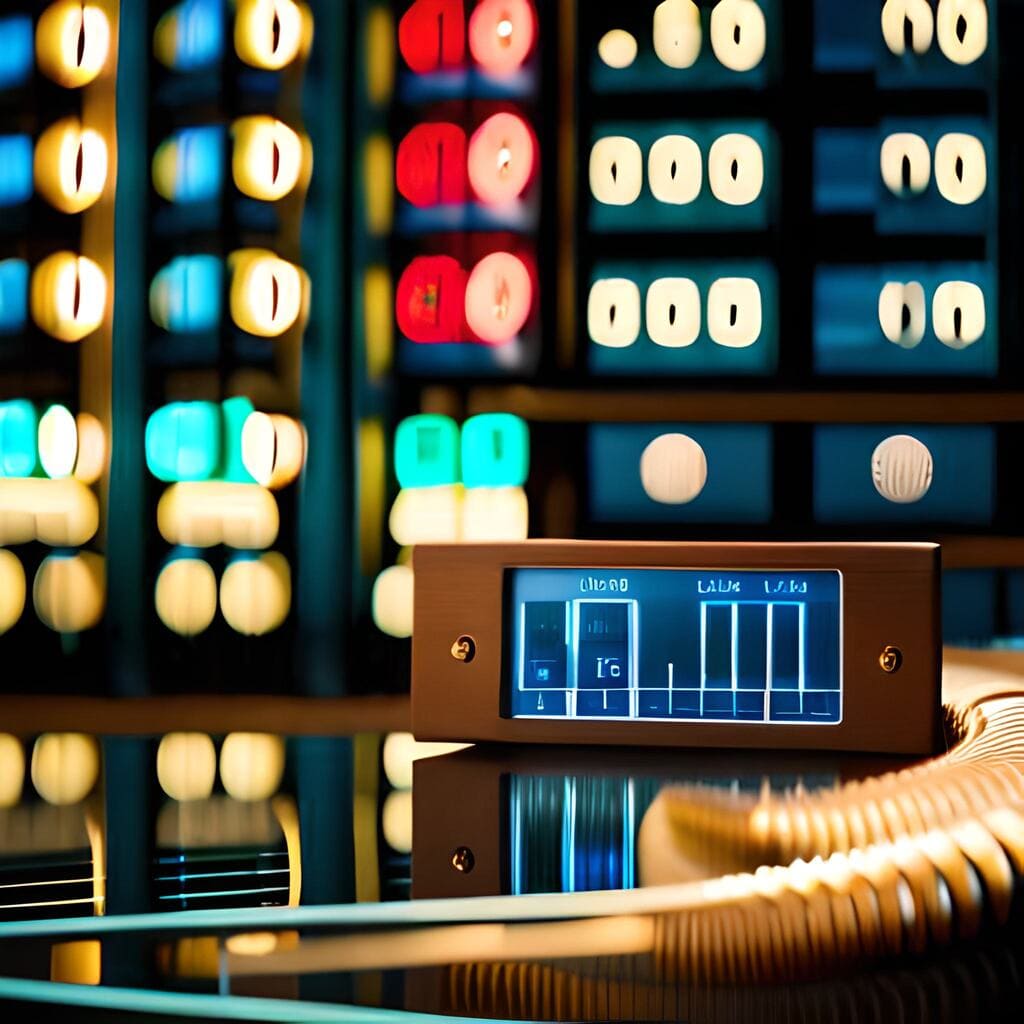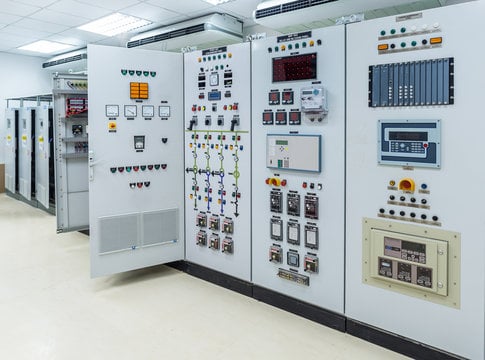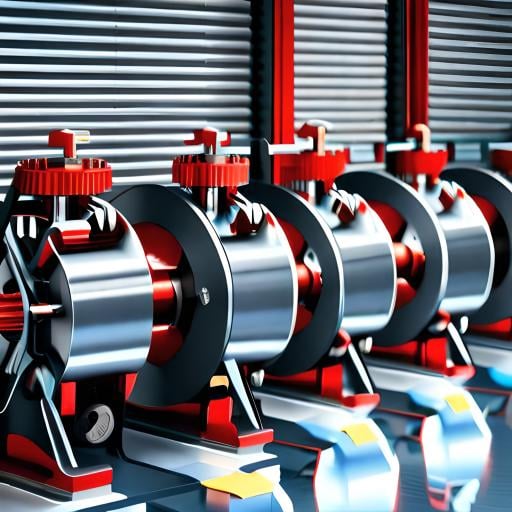When a gas is exposed to a voltage larger than its insulating properties, electrical arcs can form. An arc will form when the voltage between the conductors is sufficient to ionize the air. Ionized air becomes an excellent conductor, allowing the flow of electricity. Air ionization produces a current that produces heat and dazzling light. As a result of this phenomenon’s name, ionized air rises because of this heat, generating an arch-shaped circulation. An arc flash may produce temperatures as high as 20,000 degrees Celsius.
Arc flash dangers endanger both humans and property. The following are among the economic implications of arc in flash:
- Direct costs include medical care, rehabilitation, worker’s compensation, as well as the cost of accident investigation and lost productivity.
- Examples of indirect expenses include legal and judgment fees, litigation costs, fines, insurance premiums, repair charges, and replacement labor costs.
- Your reputation, your ability to compete on the job market, and your likelihood of facing criminal charges may suffer because of negative consequences.
- Arc-related mishaps frequently result in missed opportunities and lost money.
Arc Flash Hazard Causes:
- Utilizing the improper surface for the test probe.
- Tools, installation, and work practices that are not suited.
- Using defective electrical components.
- Damage to the insulation or holes in the apparatus.
- Remove panel interference.
- Dust or rust on electrical equipment.
- Inadequate maintenance of circuit breakers and switches.
- Exposed live components or frayed wires.
- High voltage wires or a steady power supply are both options.
- Dampness in electrical equipment.
Arc Flash Danger Mitigation Techniques:
- Turning Off Electric Components:
It mitigates potential dangers as much as possible. Work on electrified equipment should be avoided, and attention should be exercised while testing or re-energizing de-energized equipment. Circuit breakers are maintained away from arc flash boundaries that might endanger their operators with the use of remote tracking technology.
- Employ Low-Risk Technology:
Arc flash analysis and power system studies are conducted to evaluate the threats posed by short circuits and protective device coordination. Low-threat methods, such as remote rack equipment, can be utilized to safeguard people and property.
- Redesign Electrical and Control Systems:
Ensure the availability of personal protective equipment that corresponds to the arc flash hazard category. To lessen risks, modifications are being made to technical equipment and procedures. Circuit breakers and energy distribution systems are designed to limit incident energy.
- Reduce the Level of Available Fault Current:
Non-current limiting circuit breakers will enable the industry to restrict the amount of accessible fault current. With an open connection, these devices can be utilized for maintenance purposes. By decreasing the available fault current, disconnecting dual power sources during maintenance minimizes the possibility of arc flash. During arc faults, current-limiting reactors can be employed to create a bottleneck in the flow of electrical current, thus stopping the flow of current.
- Alter Blast Energy:
Encourage the use of arc-resistant materials. Arc-resistant switchgear employs sealed joints, top-mounted pressure relief vents, and strengthened hinges to direct arc flash energy and heat through ducts to an unoccupied area. CareLabs provides thorough arc flash analysis. Specialists evaluate arc flash threats with the goal of revising your safety program. CareLabs is equipped to identify and implement modern arc flash risk prevention strategies.
CareLabs can research and deliver innovative technology for arc flash risk mitigation. CareLabs utilize the ETAP (Electrical Transient Analysis Program) program for research and analysis. We employ crew members in a variety of capacities so that our knowledge is readily accessible in both normal and emergency situations. Gaining ISO 9001:2008 certification and client loyalty rapidly. Amsterdam, Rotterdam, The Hague, and Utrecht are cities in Netherlands.




